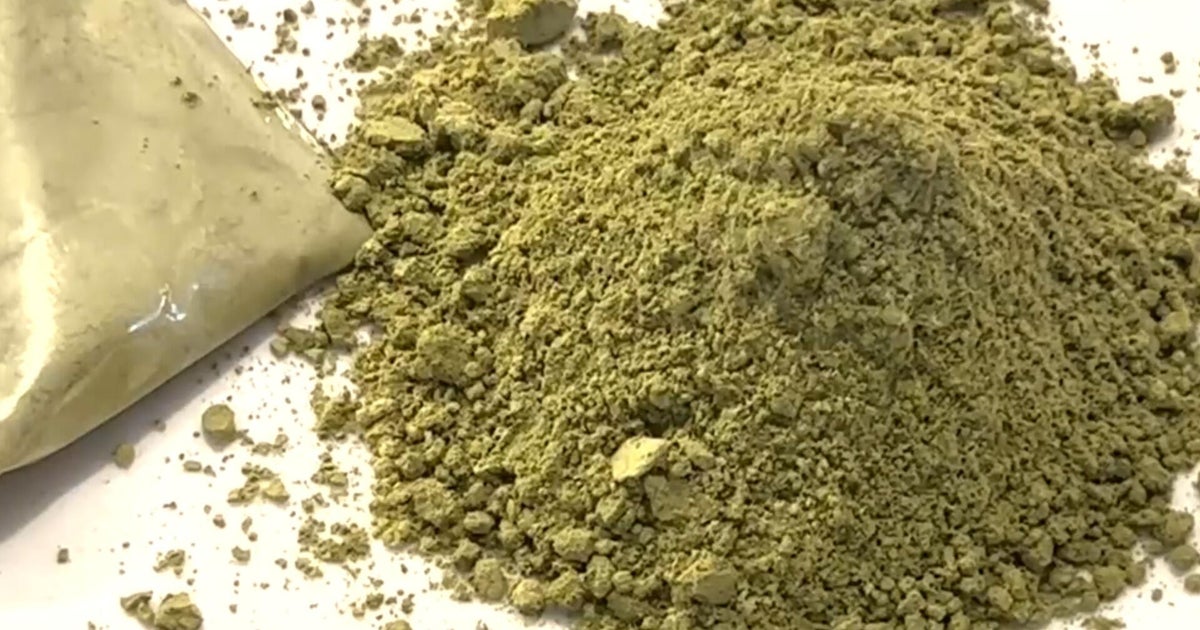Introduction to Kratom
Kratom, a plant native to Southeast Asia, has been gaining popularity in recent years due to its potential medicinal properties. However, its increasing use in various products, from nutritional supplements to alcohol and even synthetic drugs, has raised concerns among health experts and regulators.
History and Traditional Use
Kratom has been used for centuries in traditional medicine in countries such as Thailand and Indonesia. The plant’s leaves contain compounds that can produce a range of effects, from pain relief and energy boost to relaxation and euphoria. In its native regions, Kratom has been used to treat various ailments, including pain, diarrhea, and fatigue.
Modern Uses and Products
In recent years, Kratom has moved beyond its traditional use and is now being marketed as a dietary supplement, energy drink, and even as an ingredient in alcoholic beverages. Some manufacturers claim that Kratom can help with opioid withdrawal, anxiety, and depression, although these claims are not supported by scientific evidence. The lack of regulation and quality control in the Kratom industry has led to concerns about the safety and efficacy of these products.
Concerns and Risks
The growing concern about Kratom is largely due to its potential for abuse and addiction. The plant’s active compounds can interact with other substances, including medications, and can produce adverse effects such as nausea, vomiting, and seizures. Furthermore, the long-term effects of Kratom use are not well understood, and there is a risk of dependence and withdrawal symptoms.
Regulatory Efforts
Regulatory agencies have started to take notice of the growing Kratom industry and its potential risks. Some countries have banned the sale and use of Kratom, while others have implemented stricter regulations on its production and distribution. In the United States, the FDA has issued warnings about the potential dangers of Kratom and has seized shipments of Kratom products.
Conclusion
The increasing popularity of Kratom has raised concerns among health experts and regulators. While the plant may have potential medicinal properties, its use in various products poses significant risks to public health. Further research is needed to understand the effects of Kratom and to develop effective regulations to ensure its safe use. As the Kratom industry continues to grow, it is essential to prioritize public health and safety above commercial interests.

